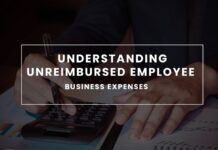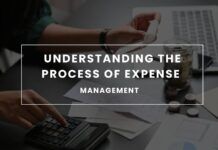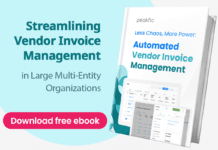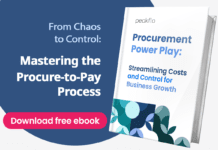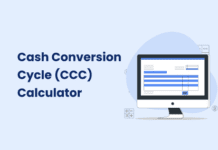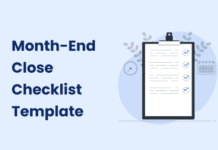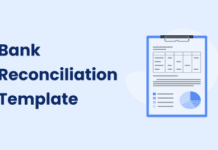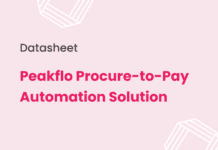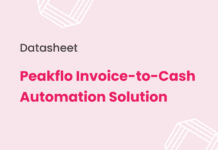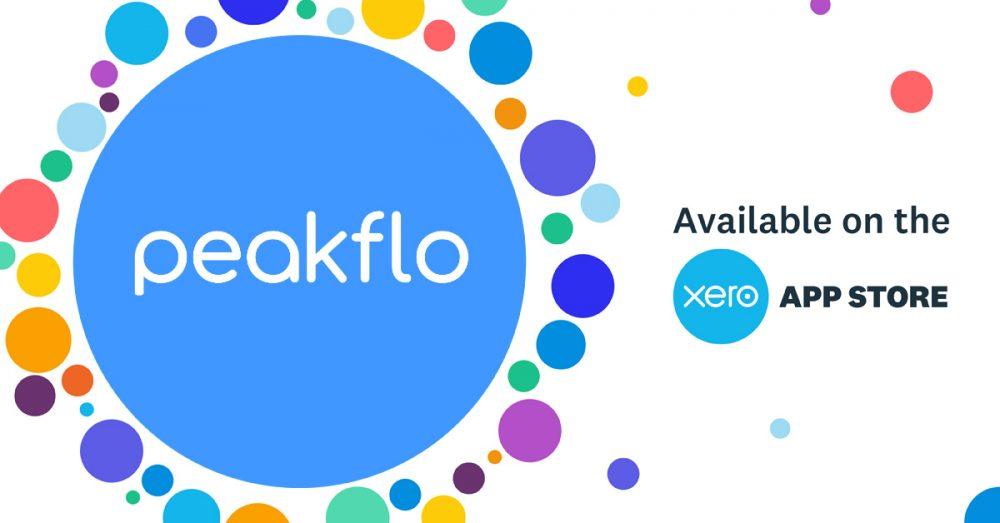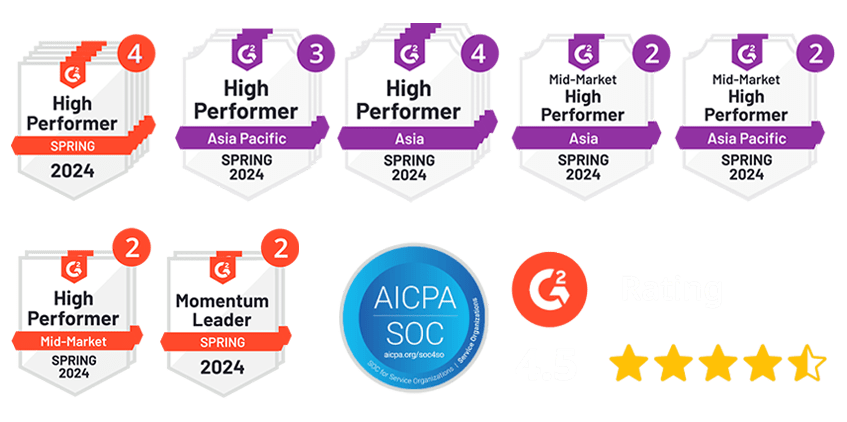Big businesses handle massive costs every day. But if these costs are not tracked properly, profits shrink, prices go off balance, and decisions suffer. Many companies still use outdated costing methods that do not reflect how money is spent.
The issue? Traditional costing spreads costs across products and services using rough estimates, like labor hours or machine time. But today’s businesses are more complex. These old methods hide the real cost drivers, leading to mispricing, wasted resources, and lost profits.
Activity-based costing (ABC) solves this problem. Instead of relying on guesses, it tracks costs based on actual business activities. This gives companies clearer insights, better pricing strategies, and stronger financial control.
If your company struggles with rising costs, unpredictable pricing, or profit losses, this guide will show you how to fix it. Keep reading to learn why activity-based costing is becoming the go-to solution for top enterprises and how you can apply it to your business.
What Is Activity-Based Costing in Accounting?
Activity-based costing (ABC) is a method that assigns costs to products and services based on the activities required to produce them. Instead of using a broad formula, ABC traces expenses directly to the work. This makes cost calculations more accurate and helps businesses price their products correctly. Unlike traditional costing methods such as Cost of Goods Sold (COGS), ABC also includes indirect costs like overhead, making it a more detailed approach.
Here is how it works: Every business has different activities that consume resources, such as machine setup, packaging, or customer service. ABC tracks these activities separately and assigns costs based on how much each product or service uses.
For example, think of a company that makes two types of furniture—a simple chair and a custom-built desk.
So, here is the difference:
- Traditional costing might spread factory costs evenly, assuming both products use the same resources. This could make the chair seem too expensive and the desk too cheap.
- Activity-based costing looks deeper. It considers that the desk requires more design work, longer assembly time, and extra quality checks. ABC assigns higher costs to the desk because it uses more activities.
With ABC, the company sees the true cost of each product. This helps with better pricing, smarter budgeting, and cost control.
How Could Activity-Based Costing Benefit a Business?
Many companies struggle with high costs and unpredictable profits. Without a clear cost breakdown, it is hard to know which products or services make money and which ones cost too much to produce.
Activity-based costing (ABC) helps businesses see the real cost of operations. It gives a detailed breakdown of where the money goes, making it easier to control expenses and improve profits.
Here is how it helps:
- Clearer Cost Tracking
Most businesses assume all products and services use resources the same way. This often leads to wrong cost estimates. ABC traces costs to specific activities, showing exactly how much each product or service costs to produce.
- Finding Costly Processes
Some activities drain more money than they should. ABC helps companies spot these expensive processes so they can adjust or remove them without affecting quality.
- Smarter Pricing Decisions
Pricing is difficult when companies do not know the true cost of a product. ABC provides an exact cost breakdown, helping businesses set prices that cover expenses and protect profits.
- Better Budgeting and Spending
When companies know how much each activity costs, they can redirect money to areas that bring the best results. This helps them avoid waste and improve efficiency.
- Stronger Planning for Growth
ABC is not just for cutting costs. It helps businesses plan for the future by showing where to invest, expand, or scale operations. With accurate cost data, companies can grow with fewer financial risks.
How to Calculate Activity-Based Costing?
Knowing how to calculate activity-based costing helps businesses precisely track expenses. Instead of assuming all products or services cost the same to produce, ABC assigns costs based on real activity usage.
Here is a simple step-by-step guide to calculating activity-based costing:
1. Identify Key Activities
Start by listing every major activity that adds cost to production. These could include:
- Machine setup before production
- Product assembly
- Quality inspections
- Customer service or support
Each of these uses different resources and affects the total cost.
2. Group Activities into Cost Pools
Some activities consume similar resources. To simplify calculations, group related tasks into cost pools. For example:
- All maintenance-related tasks go into a “machine upkeep” pool.
- All customer support costs go into a “service” pool.
3. Determine the Cost of Each Activity
For every cost pool, calculate the total expense. This includes:
- Labor costs (employee salaries and wages)
- Materials used
- Overhead expenses (electricity, rent, equipment maintenance)
For example, if machine upkeep costs $100,000 per year, this amount is assigned to the “machine upkeep” cost pool.
4. Identify the Cost Driver for Each Activity
A cost driver is what causes the expense to increase. It could be:
- The number of machine hours used
- The number of inspections performed
- The total units produced
For example, if machine upkeep costs $100,000 annually and machines run for 20,000 hours, the cost per machine hour is $5.
5. Calculate the Cost Per Activity
To calculate the cost per activity, use the formula:
| Cost pool total / Cost driver = Activity-based costing |
For example, if quality control costs $50,000 per year and 5,000 units are inspected, the cost per inspection is $50,000/ 5,000=$10 per unit.
6. Assign Costs to Products or Services
Applying the cost per activity to each product or service based on its actual usage. If a product requires:
- 10 machine hours ($5 × 10 = $50)
- 5 inspections ($10 × 5 = $50)
The total production cost from these activities alone is $100. Repeat this process for every activity to find the total cost per product.
Applications Across Sectors
Activity-Based Costing is highly adaptable and can benefit businesses across many industries. Here is how ABC can improve cost tracking and decision-making in different sectors:
1. Manufacturing
In manufacturing, ABC helps track the real cost of production. It breaks down tasks like machine setup, assembly, and quality checks.
How it helps: ABC shows which steps in production cost the most. For example, a company making complex machines can track the cost of maintenance and setup.
Benefit: It helps manufacturers set better prices and find ways to cut unnecessary costs.
2. Healthcare
In healthcare, ABC tracks costs for different services and patient activities like treatment, diagnosis, and admin work.
How it helps: ABC separates costs for things like medical supplies, staff time, and facility maintenance. For instance, a hospital can see how much it costs to perform a surgery compared to a routine check-up.
Benefit: It helps hospitals control costs, bill patients more accurately, and use resources more efficiently.
3. Retail
In retail, ABC tracks costs related to things like inventory management, order fulfillment, and customer service.
How it helps: ABC shows which products cost more to handle or store. For example, a store can see if popular items take up more resources to keep in stock than slow-selling ones.
Benefit: Retailers can adjust prices and reduce waste to make more profit.
4. Professional Services
In professional services like consulting or law firms, ABC helps track time and costs for each client or project.
How it helps: ABC tracks things like employee time, staff support, and office costs for each client project. For example, a law firm can track the cost of handling a case, from the first meeting to the final court appearance.
Benefit: This helps firms set the right fees and manage resources better to avoid wasted time.
5. Hospitality
In the hospitality industry, ABC is useful for tracking costs in areas like room services, event hosting, and food & drink operations.
How it helps: Hotels can track the real cost of running their services, such as housekeeping or room service. This helps them avoid mixing costs and better understand where money is being spent.
Benefit: Hotels can adjust their prices to reflect the true cost of each service, which helps improve profits.
Challenges With Activity-Based Costing System
Activity-based costing offers many benefits, but it also comes with challenges. Some businesses find it difficult to implement, and others struggle to maintain it. Let us look at the most common challenges companies face when using ABC.
1. High Implementation Costs
Setting up an ABC system can be expensive. Businesses need to identify all activities and assign costs. This process requires software, training, and time. For some companies, the initial setup can strain the budget. While ABC helps in the long run, the upfront costs can be high.
2. Time-Consuming Data Collection
ABC requires gathering a lot of data. Companies need to track resources, labor, machine time, and other expenses. Collecting this data can be time-consuming, and businesses with large operations may struggle to keep the information up to date.
3. Complexity in Large Organizations
In large companies, tracking every activity is difficult. The more products and services a business has, the harder it is to track everything. Multiple locations or departments add to the complexity. Without clear processes, the ABC system can produce inaccurate data.
4. Resistance to Change
Switching to ABC can be tough. Many businesses have used traditional costing methods for years. Employees and management may resist new systems. Without proper training, the transition to ABC can be slow and inefficient.
5. Difficulty in Identifying Cost Drivers
A cost driver causes expenses to increase. In some industries, it is hard to identify the right cost drivers. For example, in service-based businesses, cost drivers are not as clear. If businesses choose the wrong drivers, they can lead to misallocated costs and bad decisions.
6. Limited for Short-Term Decisions
ABC is great for long-term decisions but not always for quick fixes. When businesses need to make fast decisions, ABC can be too detailed. It may take time to gather all the necessary data. This can make ABC less helpful in fast-paced environments.
7. Over-Complexity for Smaller Businesses
Smaller businesses may not need ABC. Traditional costing might be enough for them. ABC could add unnecessary complexity, making it not the most cost-effective choice for businesses with simpler operations.
Alternatives to Activity-Based Costing
Yes, there are alternatives to activity-based costing. Each method works better for different types of businesses. Some methods are simpler, while others are more detailed. Let us explore some common options.
Traditional Costing
Traditional costing is simple. It assigns costs using one factor, like labor hours or machine time. This method works well for businesses with fewer products.
How it works:
Costs are divided based on a single factor. For example, if a product uses 100 labor hours, it gets a portion of the overhead based on that.
Pros:
- Simple to set up
- Works for small businesses with fewer products
Cons:
- Not accurate for businesses with many different products
- This can lead to mispricing
Job Order Costing
Job order costing is used by businesses that make custom products. Examples are construction companies or print shops.
How it works:
Each job or project gets its cost tracking. Costs like labor and materials are directly assigned to each job. Overhead costs are split based on resources used.
Pros:
- Good for custom products
- Tracks cost for each job
Cons:
- Time-consuming to track every job
- Not good for large-scale production
Process Costing
Process costing works for businesses that make identical products in large batches. Think of industries like food production or chemical manufacturing.
How it works:
Instead of tracking each product, businesses assign costs to processes or departments. All units get the same share of the total cost.
Pros:
- Great for high-volume production
- Easy to calculate cost per unit
Cons:
- Does not work for custom products
- Does not reflect individual product costs
Standard Costing
Standard costing uses predetermined costs for materials, labor, and overhead. Businesses compare these standards to actual costs to see if they are over or under budget.
How it works:
The company sets “standard” costs for each product. When actual costs are higher or lower than the standards, the business looks for reasons.
Pros:
- Helps with budgeting and performance tracking
- Easy to monitor costs over time
Cons:
- Can be inaccurate if standards are outdated
- Does not reflect real-time changes in production
Direct Costing (Variable Costing)
Direct costing includes only variable costs like materials and labor. Fixed costs, like rent, are not included in the product cost.
How it works:
Only the costs that change with production are added. Fixed costs are treated as expenses for the period.
Pros:
- Shows the contribution margin for each product
- Helps set prices based on variable costs
Cons:
- Does not account for fixed costs
- Not great for businesses with high fixed costs
Tips to Get Started With Activity-Based Costing
Starting with activity-based costing may feel overwhelming, but it can make a big difference with the right approach. Here are some practical tips to help you get started:
1. Start Small and Focus on Key Activities
Rather than tracking every activity from the start, focus on the most impactful activities. These activities could account for the highest expenses or complex production processes. For example, look at your most expensive operations or the processes contributing the most to overhead costs. Once you can handle these, you can expand ABC to other areas.
2. Involve Key Team Members Early
ABC works best when the right people are involved. Finance teams and department heads can provide insights into the most resource-intensive activities. Getting their input early will ensure your ABC system is accurate and aligned with your business goals.
3. Keep It Simple at First
While tracking every cost in detail is tempting, starting with the basics will give you a clearer view. Begin by identifying only a few major cost drivers and track the resources used for those. As you get comfortable with the system, you can add more activities. This helps you avoid becoming overwhelmed and ensures easy integration into your existing processes.
4. Use Software or Tools for Efficiency
Tracking costs manually can be time-consuming. Invest in finance software or tools to streamline the process. These tools can help you track activities, calculate costs, and manage cost drivers without creating additional workload. Many businesses already use accounting software that integrates ABC features, so look into adding these features to your system.
5. Continuously Review Your System
As your business evolves, so do your costs. Review your ABC system regularly to ensure accuracy. As your operations grow, you may find that some activities are more important than others. Updating your system will help you identify cost-saving opportunities and optimize production efficiency.
6. Educate Your Team
ABC requires collaboration across teams. Make sure your employees understand how ABC works and why it is important. Offering training or workshops can help build support for the system and improve its effectiveness. The more everyone understands the value of ABC, the better the system will function.
7. Be Ready to Adjust
ABC is not a static system. As you learn more about your business’s specific needs, do not be afraid to adjust cost pools, cost drivers, or tracking methods. ABC works best when it is continuously fine-tuned. Be flexible and open to changes that can improve your cost tracking.
Boost Activity-Based Costing with Peakflo’s AI Automation
Peakflo AI helps improve Activity-Based Costing by automating important financial tasks through automation. Here is how it works:
1. Track and Assign Costs Without Spreadsheets
ABC only works if you track spending correctly. Many companies group all costs together instead of assigning them to specific activities. This leads to bad decisions and wasted money.
With Peakflo, you can:
- Create separate budgets for projects, departments, or tasks.
- See spending live without waiting for manual updates.
- Get alerts when budgets are close to running out.
This helps businesses know exactly where their money is going instead of guessing.
2. Get Smart Cost Reports Without Extra Work
To make ABC useful, businesses need to analyze spending patterns. Many companies rely on outdated reports that do not show real-time changes.
Peakflo fixes this by:
- Showing assigned and unassigned budgets in one view.
- Highlighting cash flow trends.
- Giving automatic reports so finance teams do not have to dig through numbers.
Now, businesses can see which activities need cost control before they affect profits.
3. Reduce Hidden Costs in Payments and Vendor Bills
Many companies lose money without realizing it. Paying vendors, approving invoices, and fixing errors takes time and effort. These indirect costs add up fast.
Peakflo cuts down these hidden costs by:
- Automatically matching invoices, purchase orders, and payments.
- Removing manual approvals with smart approval rules.
- Tracking every payment so no money is lost.
This ensures that every expense is recorded under the right activity.
4. Know the True Cost of Customer Payments
ABC is not just about tracking expenses. Businesses also need to know how much it costs to collect money from customers. Some customers take longer to pay, need more reminders, or dispute invoices often.
Peakflo gives a clear view of customer payment costs by:
- Tracking collection efforts for each customer group.
- Flagging invoices that need extra follow-ups.
- Predicting overdue payments so teams can act early.
Businesses can now see which customers are profitable and which ones cost too much to manage.
5. Keep All Financial Data in One Place
For ABC to work, all cost and revenue data must be connected. If numbers are spread across different systems, errors happen.
Peakflo integrates with accounting and ERP software to:
- Sync expenses and revenue data automatically.
- Track indirect costs from procurement, payables, and receivables.
- Use AI insights to improve future spending decisions.
This removes manual work and keeps financial data accurate at all times.
Conclusion
Activity-based costing helps businesses get a clearer picture of where their money goes, allowing for better decision-making and pricing. With the right tools, like Peakflo, managing ABC becomes easier and more efficient. Peakflo simplifies tracking, categorizing, and processing financial data which gives you more time to focus on what matters.
Want to see how it works? Book your demo tour today and see how Peakflo can streamline your ABC process.

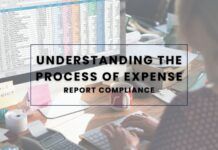







![Why AI Sales Calls Are Making Good Sales Reps Even Better [2025 Guide] ai sales calls](https://cdn-kmjmp.nitrocdn.com/YvtqmrsiHUxqerlSiZgbfzqqTARWTElr/assets/images/optimized/rev-834053b/blog.peakflo.co/wp-content/uploads/2025/09/65168cf6-3001-4733-8cbc-12d5684cf449-218x150.webp)

